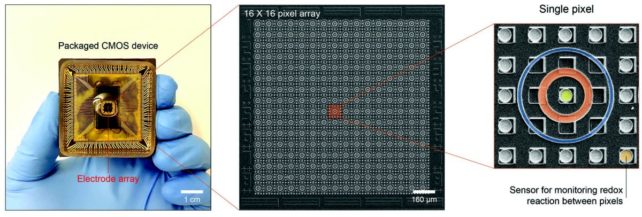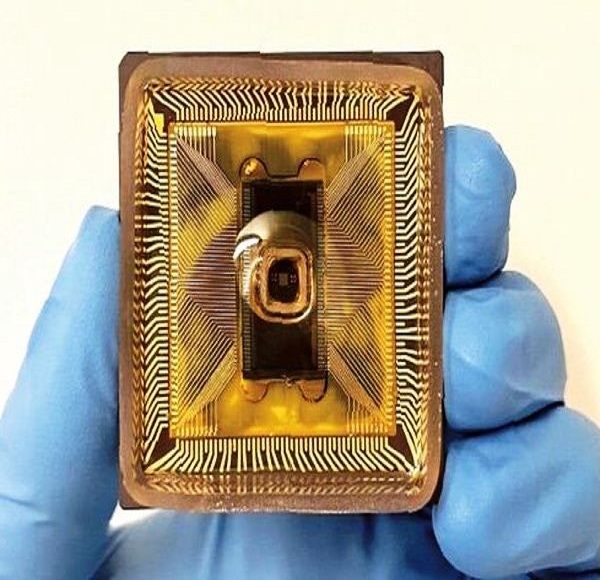The future of neural network computing could be a little soggier than we were expecting.
A team of physicists has successfully developed an ionic circuit – a processor based on the movements of charged atoms and molecules in an aqueous solution, rather than electrons in a solid semiconductor.
“Ionic circuits in aqueous solutions seek to use ions as charge carriers for signal processing,” write the team led by physicist Woo-Bin Jung of the Harvard John A. Paulson School of Engineering and Applied Sciences (SEAS) in a new paper.
“Here, we report an aqueous ionic circuit… This demonstration of the functional ionic circuit capable of analog computing is a step toward more sophisticated aqueous ionics.”
A major part of signal transmission in the brain is the movement of charged molecules called ions through a liquid medium. Although the incredible processing power of the brain is extremely challenging to replicate, scientists have thought that a similar system might be employed for computing: pushing ions through an aqueous solution.
For example, ions can be created from a wide range of molecules, each with different properties that could be exploited in different ways.
But first, scientists need to show that it can work.
This is what Jung and his colleagues have been working on. The first step was designing a functional ionic transistor, a device that switches or boosts a signal. Their most recent advance involved combining hundreds of those transistors to work together as an ionic circuit.
The transistor consists of a “bullseye” arrangement of electrodes, with a small disk-shaped electrode in the center and two concentric ring electrodes around it. This interfaces with an aqueous solution of quinone molecules.
A voltage applied to the central disk generates a current of hydrogen ions in the quinone solution. Meanwhile, the two ring electrodes modulate the pH of the solution to gate, increasing or decreasing the ionic current.

This transistor performs a physical multiplication of a “weight” parameter set by the ring pair gating with the disk voltage, producing an answer as the ionic current.
However, neural networks rely heavily on a mathematical operation called matrix multiplication, which involves multiple multiplications.
So, the team designed 16-by-16 arrays of their transistors, each capable of arithmetic multiplication, to produce an ionic circuit that can perform matrix multiplication.
“Matrix multiplication is the most prevalent calculation in neural networks for artificial intelligence,” Jung says. “Our ionic circuit performs the matrix multiplication in water in an analog manner that is based fully on electrochemical machinery.”
There are, of course, significant limitations to the technology. The 16 currents can’t be separately resolved, which means the operation had to be performed sequentially rather than concurrently, which significantly slowed down an already relatively slow technology.
However, its success is a step towards more sophisticated ionic computing: it’s only by seeing the problem that we can find solutions.
The next step will be to introduce a wider range of molecules into the system to see if that allows the circuit to process more complex information.
“So far, we have used only 3 to 4 ionic species, such as hydrogen and quinone ions, to enable the gating and ionic transport in the aqueous ionic transistor,” Jung says.
“It will be very interesting to employ more diverse ionic species and to see how we can exploit them to make rich the contents of information to be processed.”
The end goal, the team notes, is not to compete with or replace electronics with ionics, but to complement, perhaps in the form of hybrid technology with the capabilities of both.
Source: Sciencealert










